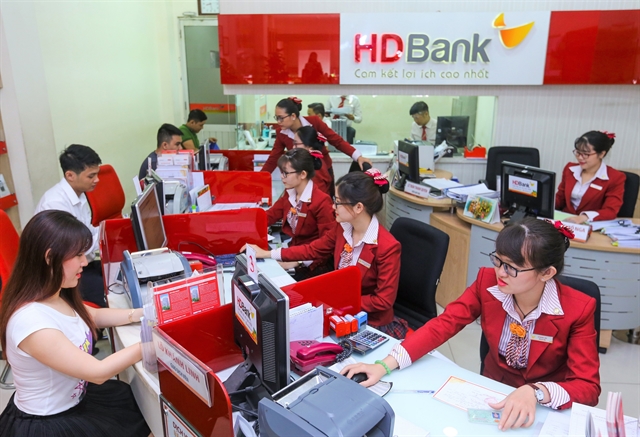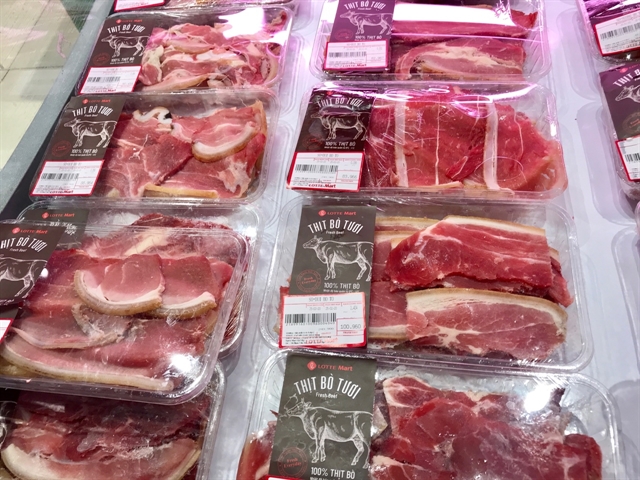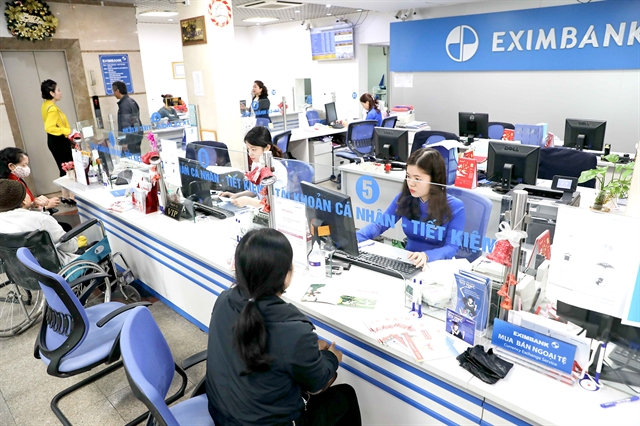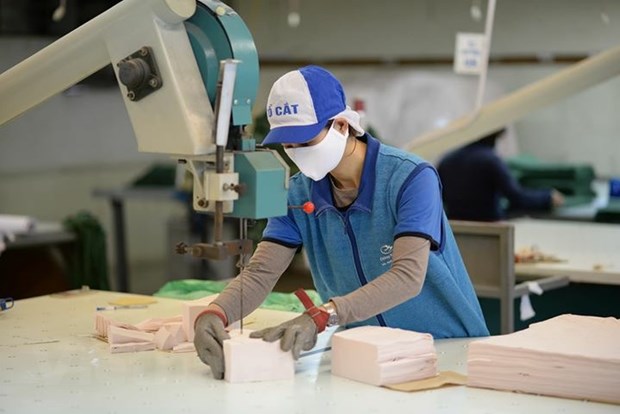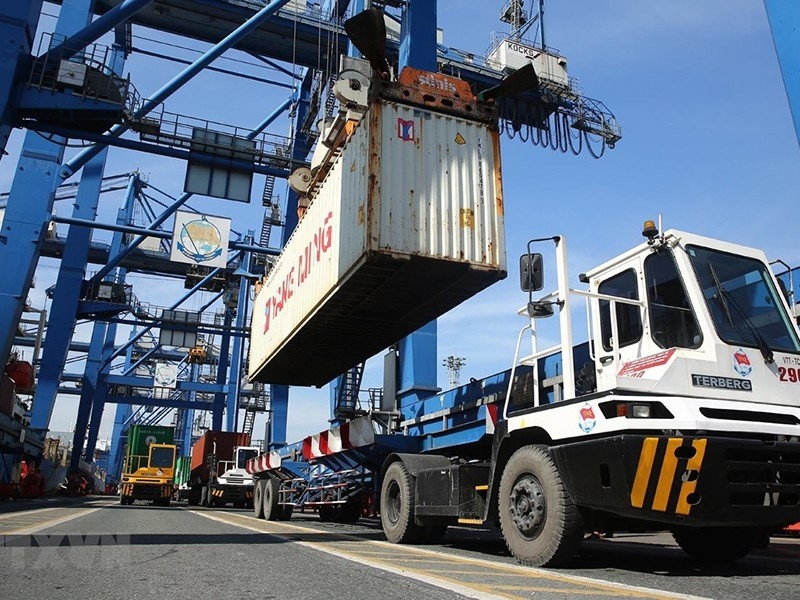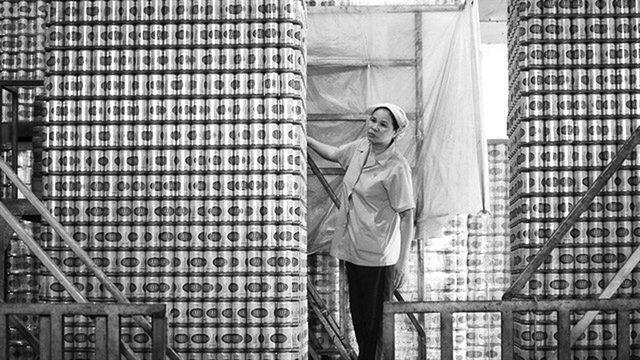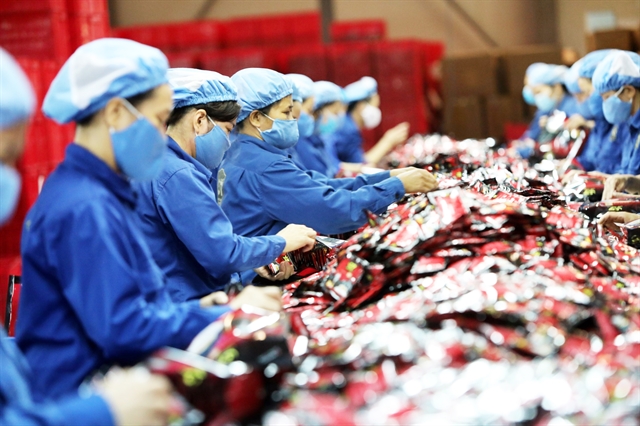
HÀ NỘI — Việt Nam is working to develop high-quality Vietnamese coffee as a national product to expand its added value for exports.
Coffee exports brought the country US$2.7 billion from an estimated 1.7 million tonnes in 2020, accounting for more than 10 per cent of the world’s coffee value and 18 per cent of market share, according to the Ministry of Agriculture and Rural Development (MARD).
Coffee is among the 10 key products of Việt Nam and the top six products with export value topping $3 billion each year.
The country has 664,000 hectares of coffee plantations with a yield of 1.5 million tonnes per year, 93 per cent of which is robusta with the remainder arabica. Vietnamese coffee has been shipped to 80 countries and territories worldwide.
However, experts at a conference this week to review national high-quality coffee development said although Việt Nam is renowned for its coffee volume, the country has not gained a reputation for coffee quality due to the low proportion of high-added-value products.
To help the coffee sector improve export value and maintain its position as the world’s second coffee producer and exporter amidst fierce competition, Prime Minister Nguyễn Xuân Phúc approved Decision No.787/QD-TTg dated June 5, 2017, listing coffee in the programme to develop national products until 2020.
The project aimed to develop a coffee industry that produces high quality, competitive and high added value products by employing new varieties, advanced cultivation techniques and post-harvest technologies, while building brands, develop markets and enhance productivity, quality and efficiency of coffee production and business.
Deputy Minister of Agriculture and Rural Development Lê Quốc Doanh said the coffee industry has received great attention from the Government and developed in a more sustainable and effective manner in recent years, particularly after the ministry approved a coffee re-plantation project.
The project aimed at 120,000 hectares of coffee under re-plantation by 2020, however, more than 150,000 hectares have been re-cultivated so far.
The World Bank-funded project 'Việt Nam Sustainable Agriculture Transformation' worth $300 million has also been effective, Doanh said.
He said there is a huge workload to ensure the coffee sector’s sustainable development, including choosing the best varieties, promoting mechanisation, intercropping plants and improving the management of varieties.
Besides achievements, many shortcomings were identified at the conference including a lack of business involvement in the programme, poor product variety and low competition for Vietnamese coffee brands, weak connection among the market participants and research-production-chain-branding activities.
According to Vũ Đức Côn, deputy director of Đắk Lắk Department of Agriculture and Rural Development, the province has about 208,000 hectares of coffee with an output of more than 476,000 tonnes. Because many coffee gardens are old and low-yield, the province replanted more than 35,000 hectares.
The replanted coffee area is mainly made up of new varieties, gradually improving yield and quality of the area, especially in the context of climate change.
To develop high-quality Vietnamese coffee, he said provinces need to continue reviewing plans for replanting old coffee gardens with low yield and poor quality, even for partial plantation in some gardens.
In addition, it is necessary to develop stable material areas through stronger links with farmers, providing adequate and transparent information for exporting enterprises to reduce unfair trade among buyers and sellers, Côn said.
Experts agreed the coffee sector has huge export opportunities as Việt Nam has signed 15 free trade agreements (FTAs) so far, including the EU - Việt Nam FTA and the newest UK-Việt Nam FTA which are expected to help expand markets for the Vietnamese staple. — VNS



